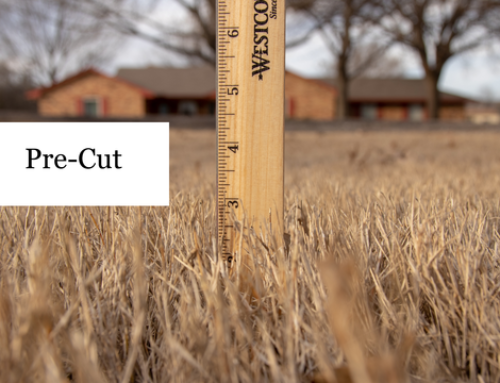Identifying and Dealing with Rose Rosette Disease
It’s not Halloween yet, but one trip to your garden may convince you otherwise. There is a disease that has been attacking and destroying rose gardens in North Texas. What once were beautiful rose bushes are now being turned into spindly, ugly messes. It’s almost as though a wicked witch has cast a spell over our roses.
This disease is known as rose rosette disease. It is also commonly known as witch’s broom because of the large generation of mangled shoots resembling an upside-down broom.


Common Rose Rosette Symptoms
- Stems covered with thorns
- Leaves shriveled and brown
- Deformed and/or multiple buds on one shoot
- Multiple shoots that are a hue of red
- An overall spindly appearance
This rose disease was discovered on wild roses in California and Wyoming in the early 1940’s. Since then, the disease has traveled across the country in the Midwest and Southern states. Research has found the cause to be a tiny eriophyid mite, called Phyllocoptes Fructiphilus. The mite travels the land by attaching itself to an insect or by air currents. Once the virus has landed on your Texas roses, symptoms can start within 90 days and kill within two to three years.

This rose’s stem is covered in random thorns.
The biggest problem facing homeowners, gardeners, and florists is that there is no cure for the disease (at the time of this article). Here are our recommendations if you see the virus on your Texas roses.
- While it might be emotionally hard, rip up the plant including the roots. Throw it away in a plastic bag, not into your compost pile.
- Avoid home remedies. There is no evidence that any of them work. Hopefully, the faster we can remove the sources of infection, the faster this disease can be eliminated.
- Regularly apply miticides to your bushes. The treatment won’t save the infected rose plants but may act as a temporary protection for neighboring plants.
- Inspect all of the roses in a nursery before purchasing. We also recommend asking the gardener if the roses have been tested for the rose rosette disease.
- There has been some debate on when to replant roses. Our recommendation is to not replant roses at all. Because this disease is spreading rapidly through North Texas, it’s highly likely that the disease will reappear on new rose bushes.
Lastly, we ask that you help raise awareness in your community. Share this post. Talk to your friends and neighbors. The sooner we all address the problem, the better chance we have of keeping our Texas roses around.
Additional Resources
http://www.star-telegram.com/news/local/community/fort-worth/article27534709.html
http://williamson.agrilife.org/files/2014/08/Rose-rosette-handout-March-11-2014.pdf
https://citybugs.tamu.edu/2011/07/13/rose-rosette-disease-transmitted-by-a-mite/
http://neilsperry.com/notes/2015/03/rose-rosette-disease/






